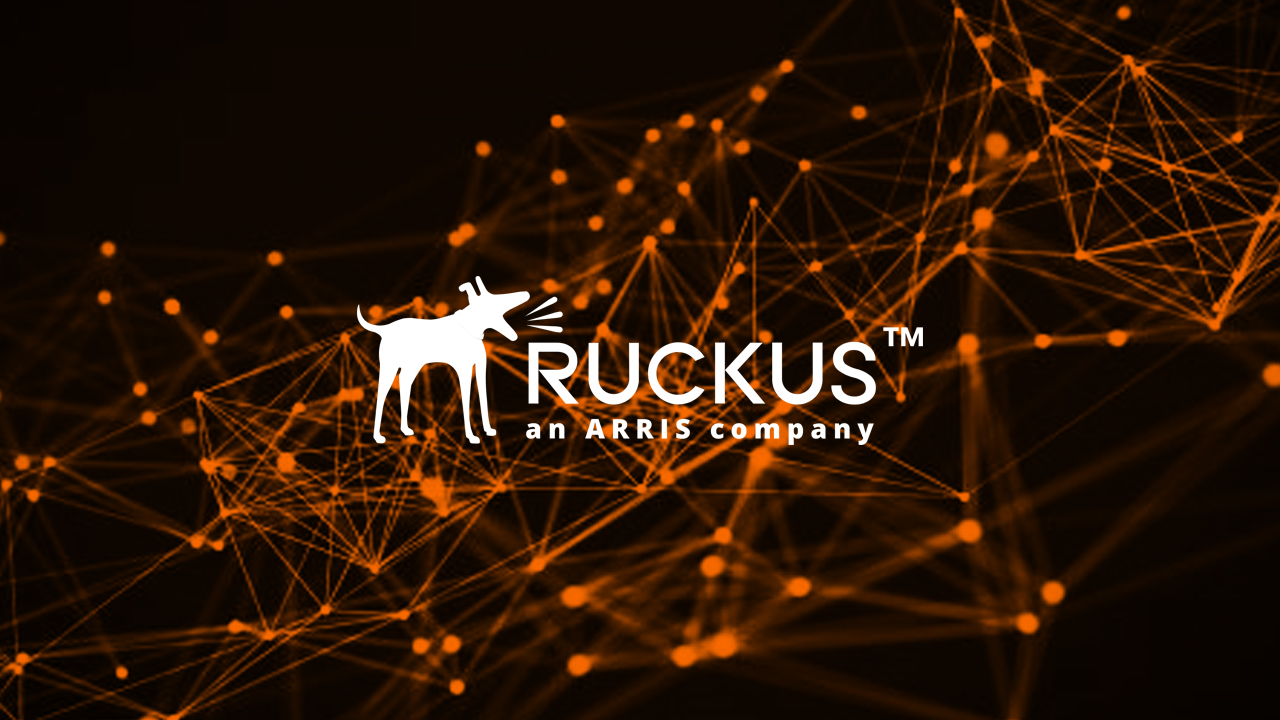First, some definitions:
- Bottoms up = build wireless network (Wi-Fi + IoT). Stable, scalable, secure – then build solutions around it.
- Top down = find a solution to the focused problem. Produce an overlay network to connect the app to a “thing”.
Every house wants a solid foundation. You’d not need your linesman gushing concrete, nor would you wish your bricklayer to figure on your plumbing. Thus why can we feel comfy with sensors, devices, or manufacturers of “things” providing the parts for an enterprise network? We shouldn’t. Thing vendors build things, and network vendors build networks. Additionally, every device vendor solely cares regarding their own device, which implies their own network. Deploying a network for one device sort adds complexity, adds cost, is very redundant, and has the potential to make security holes.
Benefits of a Bottoms Up Network
Enterprise IT and OT managers ought to think about the network first. It’ll serve you well and supply important advantages. And here are things to think about in creating a stable, scalable, secure, cost-efficient IoT access network that will meet the requirements of an enterprise IoT ecosystem:
- World-class backbone – enterprise-grade wired and wireless infrastructure.
- Integrated front end – AP supporting best of Wi-Fi and IoT technologies (BLE, Zigbee, more…) with integrated coexistence technology to manage interference.
- Converged back end – unified control and services management, permitting all IoT devices, from totally different vendors to be managed, designed and people that require, connected to relevant local or cloud services. An integrated rules engine that will use data from some “things” as triggers for actions in alternative “things” is additionally a large plus – but saved for an additional blog.
- Enterprise-grade security – hardened devices, admin onboarding, Over the Air security, IoT/Wi-Fi Network isolation, and more.
- Extensibility – the system is often used for a bunch of applications, from BLE real-time location services to Zigbee connected entry, smart building sensors, security, etc… across applications and manufacturers.
- Open – Open System, Open APIs, SDKs to enable the IoT community to collaborate and leverage the network.
While it’ll perpetually be tempting to make your IoT network tops down – see a need, fill a need – within the long run it’ll perpetually pay off to build it bottoms up. whereas you’ll suppose, “I am only solving this particular problem”, there’ll be more things to connect. Thus, you would like a foundation that supports your wants, and an open system that may grow along with your business.

Download Free Ruckus Resource
Get access to authentic content from one of the leading wired and wireless solutions experts in the world from the Philippines’ premiere technology provider.





